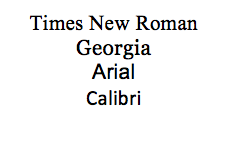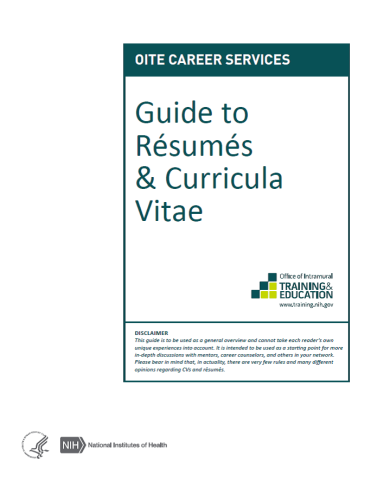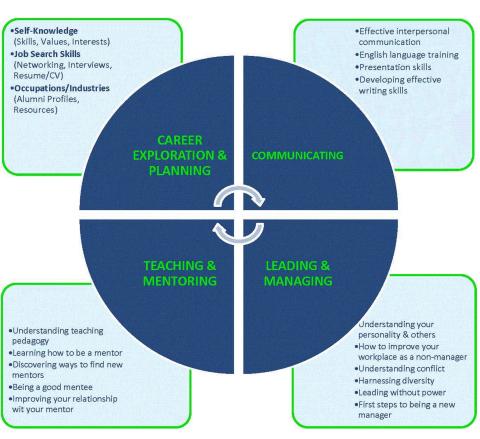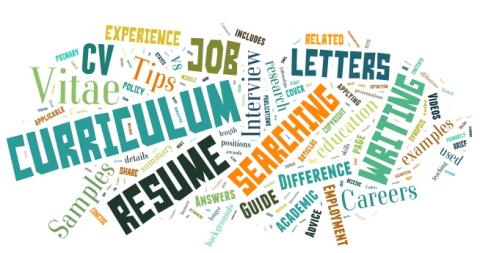In recent weeks, the National Institutes of Health, and other federal agencies have posted several positions for scientists that have captured the attention of interested fellows. To help you prepare, the Office of Training and Education (OITE) recommends that you view the NIH YouTube video, How to Apply for a Job with the US Government. In addition, here are some additional tips to help you prepare a strong federal job application. It takes time to review applications and fill out the application.

Your résumé often creates an employer’s very first impression of you as a candidate. Undoubtedly, you have labored over how to format the content effectively, and you have worked to highlight your accomplishments while using strong, active verbs. But, have you thought about your font? Perhaps you should, especially considering that a Bloomberg article recently described Times New Roman as the “typeface equivalent of wearing sweatpants to an interview”.

People overthink their resumes -- constantly. It’s true that the competitiveness of the job market makes it even more imperative than ever for applicants to draw the attention of the reviewer before s/he moves on to the next resume in their pile. However, it’s equally important that an applicant’s resume convey its message concisely, thoroughly, and in an easily comprehendible format.

There is often confusion about the differences between a résumé and a CV and when it is best to use each document. This confusion is often compounded by the fact that there is not a standard resume or CV template – your documents will (and should) look different than your lab mates.


Resumes and CVs are both extremely important documents to a job seeker. They are some of the most important job hunting tools you possess. However, it can be confusing to know when and how to use each document. This confusion is often compounded by the fact that there is not a standard resume or CV template – your documents will (and should) look different than your lab mates. While there aren’t formal rules to follow, there are certain expectations for each document, which are noted in the table below:
You found an awesome job posting or graduate program, crafted the perfect curriculum vitae, and created a cover letter capable of convincing the staunchest of holdouts that you are a vital addition to their team. The only problem is you remembered to attach your resume after pressing send on your cover letter e-mail. Forgotten attachments happen to everyone, but the job application process is where you are supposed to distinguish yourself as a better candidate than everyone else. So – now what?
This post was written by guest blogger Pat Sokolove, PhD, Deputy Director, OITE; AAAS Policy Fellow, 2003 – 2005; Health, Education, & Human Services Selection Panel Member, 2006; Chair, 2008 – 2009.
The online application system for AAAS Science & Technology Policy Fellowships is now open; the deadline is 5:00 pm (EST), December 5, 2013. The AAAS materials are exceptionally clear, but potential applicants always have questions. Here are some of the questions I hear most often.
In our last blog post we talked about negotiating for an academic job search. This week, we will highlight tips for negotiating any non-faculty position. Like last week, this blog post is intended to give you an overview of how to prepare for negotiations. For more in-depth information on negotiating for non-academic job offers, view our video here.
If you have been following out Calendar for Career Success, you know that August is the time to put together your job packages. Whether it be for an academic positions, a postdoc or a transition to a new career field, you need to have a competitive application. We have provided some information below

